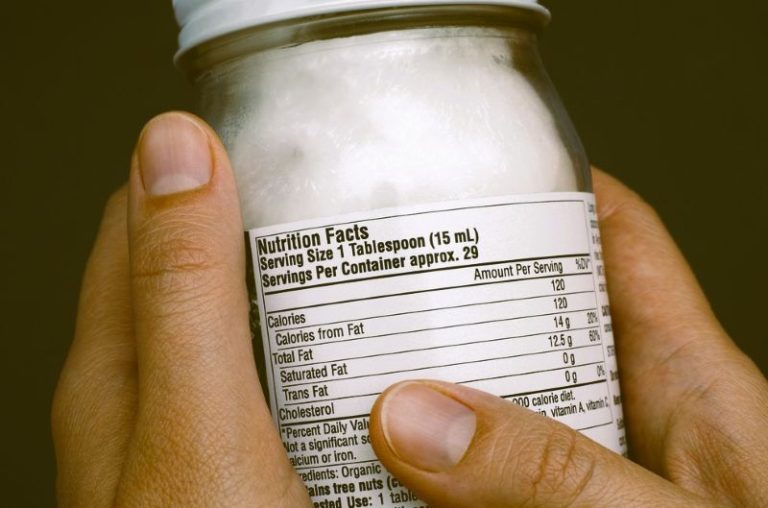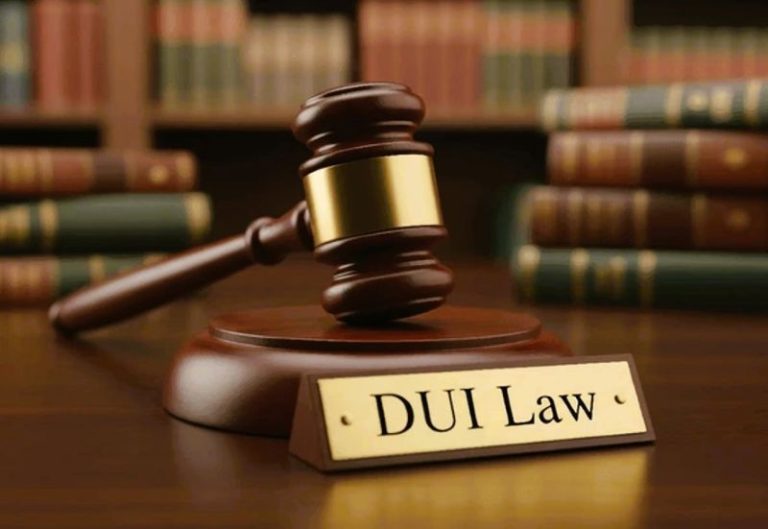

Maui, one of Hawaii’s most popular islands, is known for its natural beauty, tourist attractions, and busy roadways. With a mix of local drivers and visitors, the island often experiences heavy traffic that requires attentiveness and responsibility from everyone behind the wheel. Despite this, accidents are still a frequent reality.
In the event of such accidents, victims often turn to legal guidance, and working with a top-rated car accident attorney in Maui can provide the support they need. Accidents can lead to medical bills, stress, and long-term financial challenges, making it essential to have professional help in navigating the legal process.
To understand how accident claims are handled, it is important to know what negligence means, how it is proven in law, and what role legal representation plays in achieving fair compensation. This foundation allows victims to prepare effectively before pursuing a claim.
Defining Negligence
Negligence means not being careful enough when driving, in a way that a normal, responsible driver would be. This can include speeding, ignoring traffic signals, texting while driving, or not letting another vehicle merge or turn safely.
To win a case, the injured person must prove four things: the driver had a duty to be careful, they broke that duty, their actions caused the accident, and the accident led to real harm or losses. Simply put, negligence happens when a driver does not take proper care and causes injury or damage.
Proving the Elements of Negligence
For a claim to be successful, each element of negligence must be proven clearly:
- Duty of Care: Every driver has a responsibility to operate their vehicle safely and reasonably to avoid harming others.
- Breach of Duty: A driver breaches this duty when engaging in reckless or unsafe actions, such as distracted or impaired driving.
- Causation: It must be shown that the accident directly resulted from the breach of duty.
- Actual causation: The injury would not have occurred if the driver had exercised proper care.
- Proximate causation: The harm was a foreseeable outcome of the negligent behavior.
- Damages: The injured party must provide proof of losses such as medical expenses, lost wages, property damage, or pain and suffering.
Courts typically review evidence such as police reports, medical records, photographs, and witness testimony to determine liability.
Comparative Negligence Considerations
Many jurisdictions follow comparative negligence, where fault is shared between the parties involved. For example, if a claimant is 20% responsible, their compensation is reduced by that same percentage.
If the injured party is found more than 50% at fault, they may not recover damages at all. This makes it critical to present strong evidence that clearly establishes the other driver’s liability.
Importance of Documentation
Accident claims are strengthened by thorough documentation, including medical reports, photographs, witness statements, and insurance communications. These records provide solid proof of injuries and losses.
Strong documentation also protects against contradictory claims by the opposing party. Consistent evidence ensures the case remains credible in court or during negotiations.
Role of Legal Representation
After an accident, victims often struggle with insurance disputes, medical expenses, and proving fault. These challenges can be overwhelming, especially when dealing with physical injuries and emotional distress at the same time.
An experienced car accident lawyer helps victims navigate the process, gather evidence, and build a strong case. Their expertise ensures fair compensation and protection against low settlement offers or denied claims.
Conclusion
Car accident claims are often complex and require a detailed understanding of negligence law. Proving fault, addressing comparative negligence, and documenting damages are essential for success.
With the guidance of an experienced lawyer, victims can protect their rights and secure fair compensation. Legal representation offers the clarity and confidence needed throughout the claims process.
Key Takeaways:
- Negligence occurs when a driver fails to act responsibly, causing harm or damage.
- Proving negligence requires showing duty, breach, causation, and damages with evidence.
- Comparative negligence reduces compensation if the victim is partly at fault.
- Strong documentation, like medical records and photos, strengthens the claim.
- A skilled car accident lawyer helps secure fair compensation and navigate the legal process.


